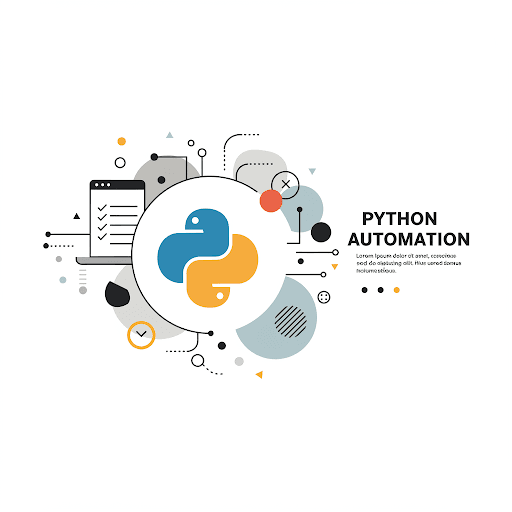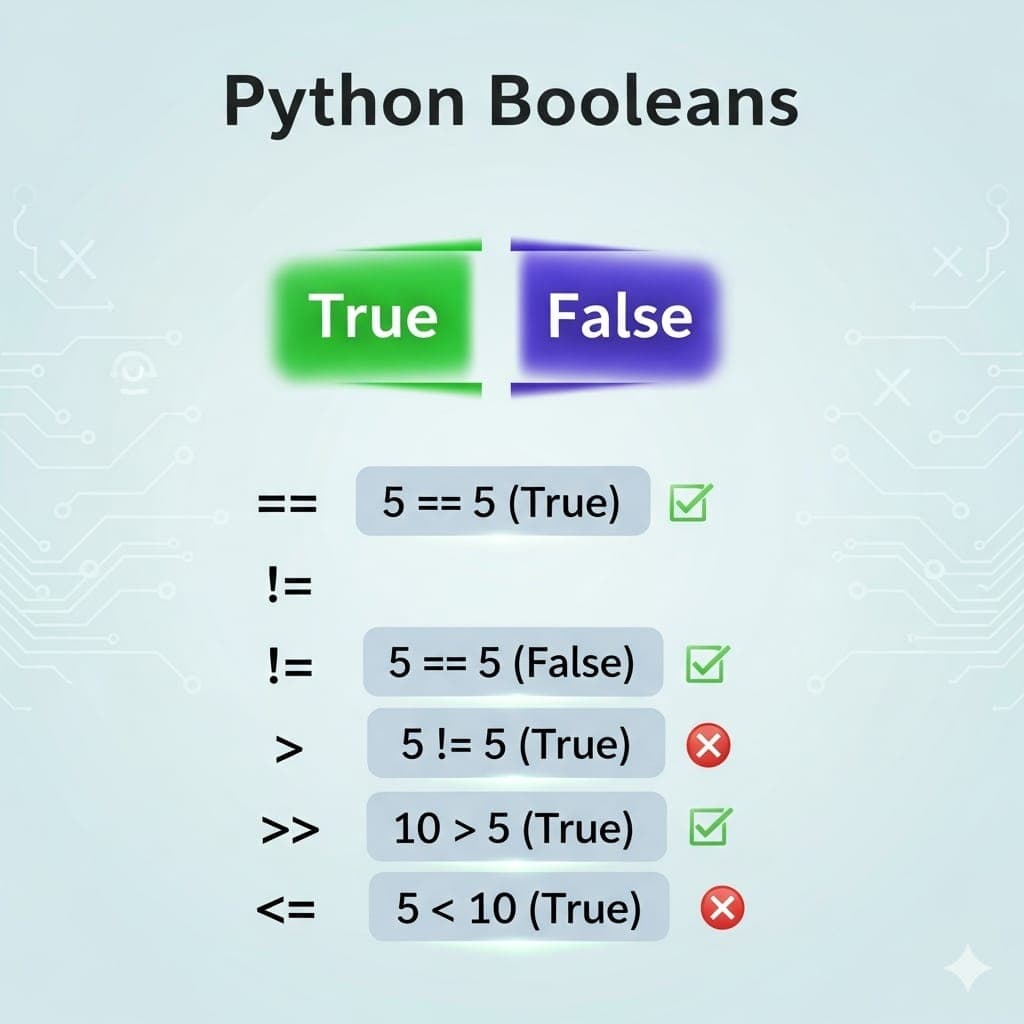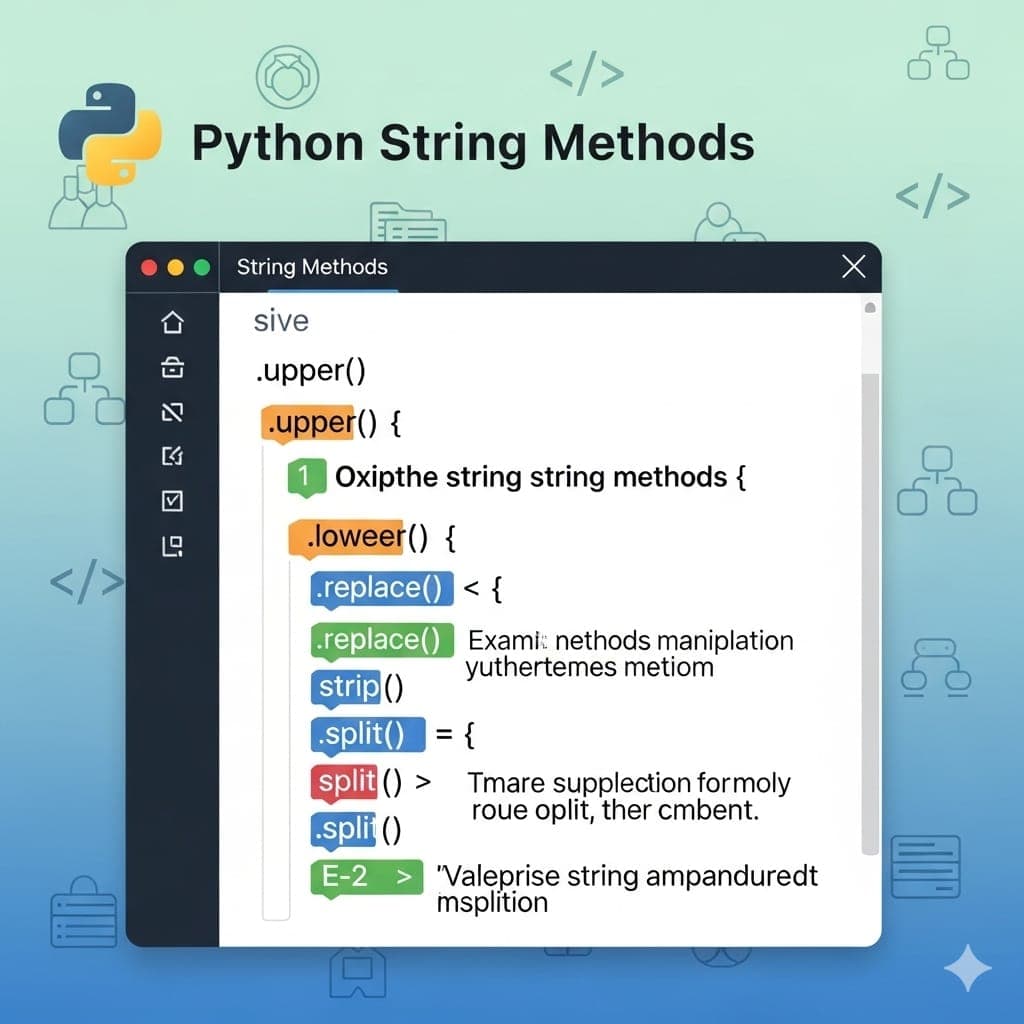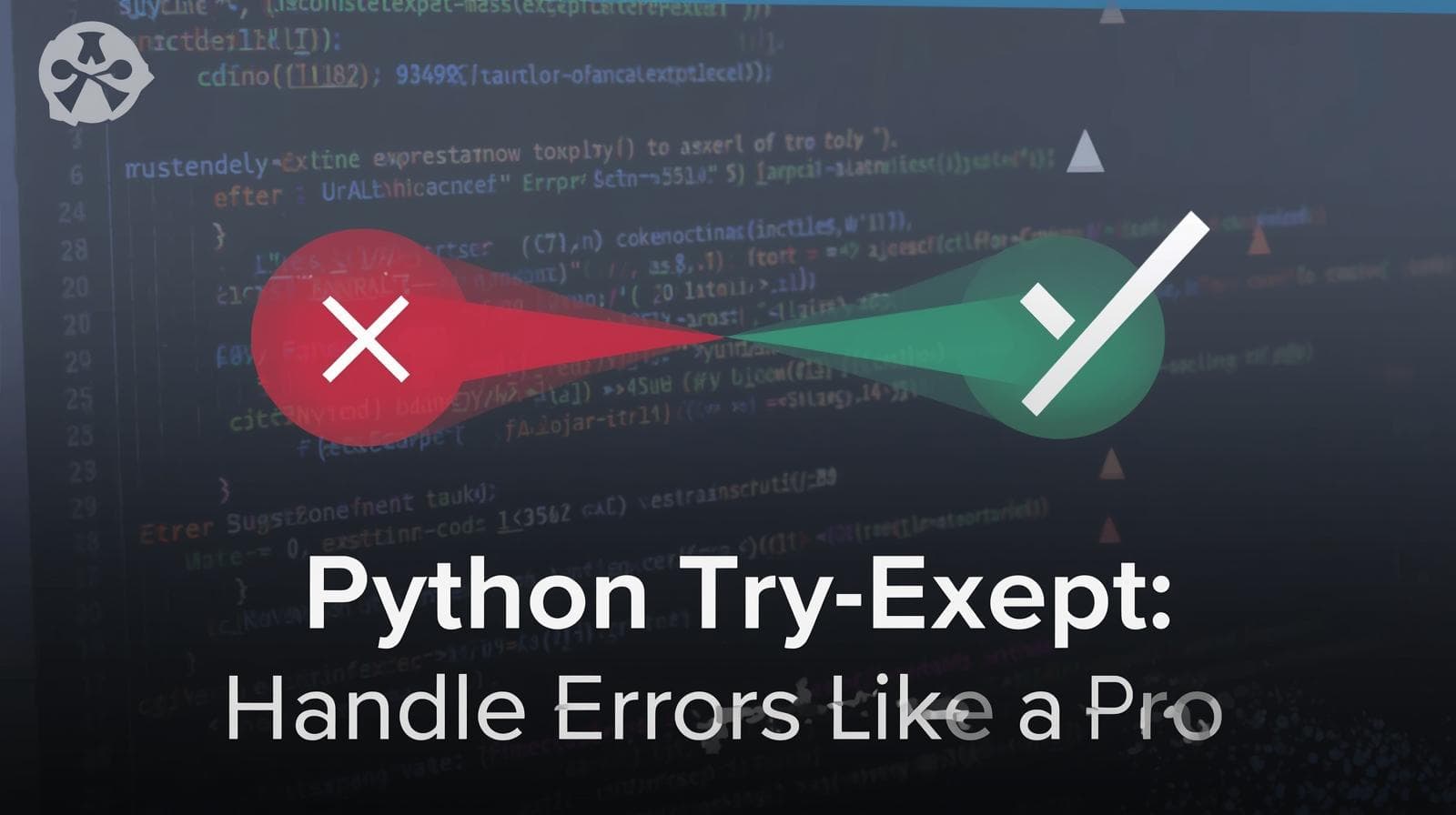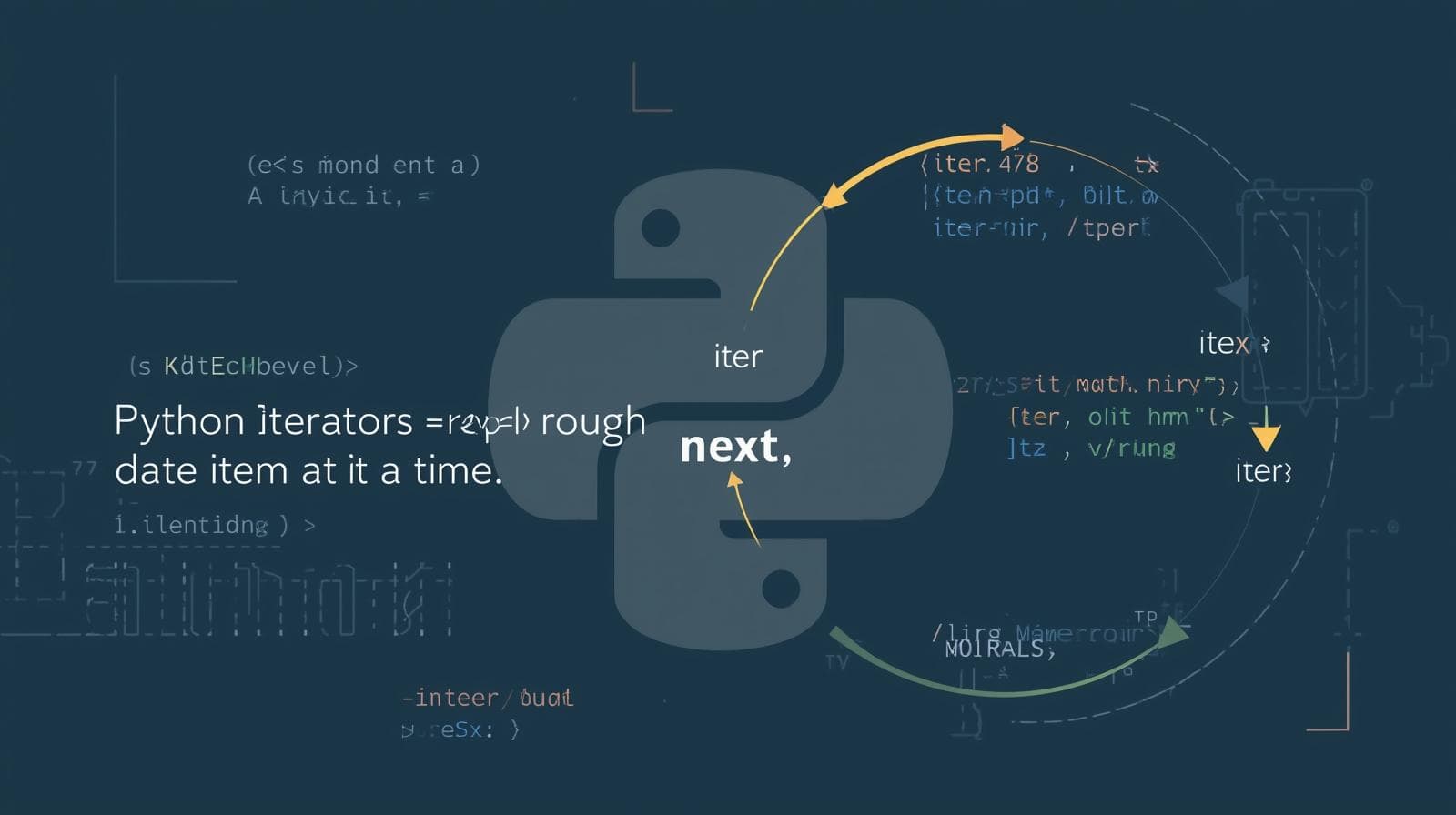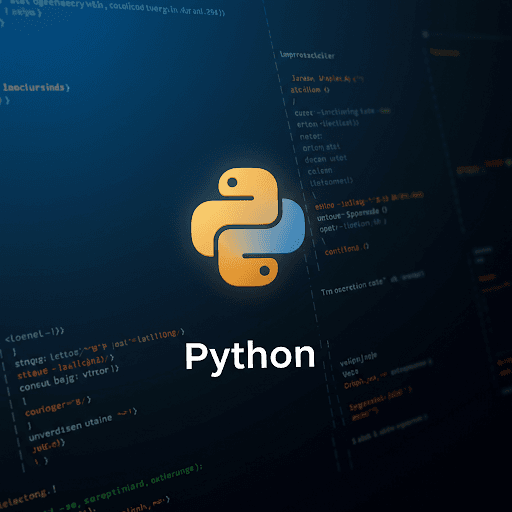Mastering SciPy Optimizers: A Complete Guide to Optimization in Python

Unlock the power of SciPy Optimizers for solving complex minimization, root-finding, and curve-fitting problems in Python. Learn with detailed examples, use cases, and best practices.

Mastering SciPy Optimizers: A Complete Guide to Optimization in Python
Mastering SciPy Optimizers: Your Complete Guide to Mathematical Optimization in Python
Have you ever needed to find the minimum point of a complex function, the perfect parameters for a machine learning model, or the best-fit line for your experimental data? If you've dabbled in data science, engineering, finance, or research, the answer is almost certainly yes. These problems all belong to a fascinating and critical field of computational mathematics: optimization.
While the concept is simple—find the best solution from all possible solutions—the execution can be incredibly complex. This is where the SciPy library, and specifically its scipy.optimize module, becomes an indispensable tool in the Python programmer's toolkit.
In this comprehensive guide, we won't just scratch the surface. We'll dive deep into the world of SciPy Optimizers. We'll demystify the jargon, walk through practical code examples, explore real-world applications, and arm you with best practices to tackle your own optimization challenges with confidence. By the end, you'll see why a strong grasp of these concepts is a hallmark of a professional developer.
To learn professional software development courses such as Python Programming, Full Stack Development, and MERN Stack, which cover powerful libraries like SciPy in depth, visit and enroll today at codercrafter.in.
What is Optimization? A Quick Primer
At its core, optimization is the process of making something as effective or functional as possible. Mathematically, it's about finding the input values (often called parameters or variables) that minimize or maximize an objective function.
Objective Function: This is the heart of the problem. It's a mathematical function that defines what you want to optimize. For example, it could represent:
The cost of a manufacturing process (you want to minimize cost).
the profit of a business strategy (you want to maximize profit).
The error between your model's predictions and real-world data (you want to minimize error).
Minimization vs. Maximization: It's standard practice to frame all optimization problems as minimization. Why? Because maximizing a function $f(x)$ is identical to minimizing its negative $-f(x)$. SciPy's optimizers are designed primarily for minimization.
Constraints: Often, you can't just choose any input values. You might have budgets, physical limits, or other rules. These are called constraints. Optimization problems can be unconstrained (no rules) or constrained (with rules).
Introducing the SciPy Optimize Module
SciPy is a foundational library for scientific computing in Python, built on top of the powerful NumPy. Its scipy.optimize module provides a unified interface to a vast collection of algorithms for solving optimization problems, including:
Minimization of multivariate scalar functions.
Root finding (finding where a function equals zero).
Curve fitting (finding parameters that best fit a model to data).
And much more.
It's like a Swiss Army knife for numerical problem-solving. Let's open up the toolkit and examine the most useful tools.
The Workhorses: Key SciPy Optimization Algorithms
1. Minimizing Scalars: minimize_scalar
When you have a function of a single variable, minimize_scalar is your go-to function.
Example: Finding the Minimum of a Simple Function
Let's find the minimum of the function $f(x) = (x - 2.5)^2 + 5$.
python
import numpy as np
from scipy.optimize import minimize_scalar
# Define the objective function
def objective_function(x):
return (x - 2.5)**2 + 5
# Perform the optimization
result = minimize_scalar(objective_function)
# Print the results in a readable way
print("Optimization successful:", result.success)
print("Message:", result.message)
print("Optimal x value:", result.x)
print("Minimum function value:", result.fun)Output:
text
Optimization successful: True
Message: Solution found.
Optimal x value: 2.499999999999999
Minimum function value: 5.0As expected, the optimizer found the minimum at $x = 2.5$, where $f(x) = 5.0$. The result object contains all the information you need about the solution and the process.
2. The Powerhouse: minimize for Multivariate Functions
Most real-world problems involve multiple variables. The minimize function is incredibly versatile and supports a multitude of algorithms chosen via the method parameter.
A. The BFGS Algorithm (Quasi-Newton Method)
BFGS is a popular and efficient algorithm for unconstrained optimization of smooth functions. It cleverly approximates the Hessian matrix (second derivatives) to find the direction of steepest descent.
Example: Minimizing a 2D Function (Rosenbrock's "Banana" Function)
This is a classic test function for optimizers. Its global minimum is at $(1, 1)$ inside a long, curved, flat valley, making it tricky to navigate.
python
from scipy.optimize import minimize
# Define the 2D Rosenbrock function
def rosenbrock(x):
return 100 * (x[1] - x[0]**2)**2 + (1 - x[0])**2
# Initial guess (often crucial for success)
initial_guess = [-1.5, 2.5]
# Perform minimization using BFGS
result = minimize(rosenbrock, initial_guess, method='BFGS')
print("Success:", result.success)
print("Optimal point (x, y):", result.x)
print("Function value at optimum:", result.fun)
print("Number of iterations:", result.nit)
print("Number of function evaluations:", result.nfev)Output:
text
Success: True
Optimal point (x, y): [0.99999994 0.99999988]
Function value at optimum: 5.009326927701389e-14
Number of iterations: 26
Number of function evaluations: 120BFGS did an excellent job, getting very close to the true minimum at $(1, 1)$.
B. The Nelder-Mead Algorithm (Simplex Method)
Nelder-Mead is a direct search method that doesn't require derivatives. It's robust for problems where the function is not smooth or derivatives are expensive to compute, but it can be slower than derivative-based methods.
Example: Minimizing the Same Rosenbrock Function with Nelder-Mead
python
result_nm = minimize(rosenbrock, initial_guess, method='Nelder-Mead')
print("Success:", result_nm.success)
print("Optimal point (x, y):", result_nm.x)
print("Function value at optimum:", result_nm.fun)
print("Number of iterations:", result_nm.nit)
print("Number of function evaluations:", result_nm.nfev)Output:
text
Success: True
Optimal point (x, y): [0.99998303 0.9999655]
Function value at optimum: 3.476158914277434e-10
Number of iterations: 88
Number of function evaluations: 159Notice how Nelder-Mead also found the solution but required more function evaluations (159 vs. 120 for BFGS). This trade-off is common.
3. Constrained Optimization: minimize with Constraints
What if our solution must obey rules? Let's add a constraint that the sum of our variables must be greater than 1.5.
python
# Define the constraint: x + y >= 1.5
# SciPy requires constraints to be defined as functions that return
# a value >= 0 when the constraint is satisfied.
constraint = {'type': 'ineq', 'fun': lambda x: x[0] + x[1] - 1.5} # ineq means "inequality"
# Let's use the SLSQP method, which is great for constrained problems.
result_constr = minimize(rosenbrock,
initial_guess,
method='SLSQP',
constraints=constraint)
print("Constrained Optimization:")
print("Success:", result_constr.success)
print("Optimal point (x, y):", result_constr.x)
print("Sum x + y:", result_constr.x[0] + result_constr.x[1])
print("Function value at optimum:", result_constr.fun)Output:
text
Constrained Optimization:
Success: True
Optimal point (x, y): [0.99999994 0.99999988]
Sum x + y: 1.99999982
Function value at optimum: 5.009326927701389e-14Since the true minimum $(1, 1)$ has a sum of $2$, which is greater than $1.5$, the constraint didn't affect the solution. If we had a more restrictive constraint, the optimizer would have found a minimum on the boundary of the constraint.
Beyond Minimization: Other Useful Tools in scipy.optimize
1. Curve Fitting with curve_fit
This is one of the most common applications. You have data and a model with unknown parameters, and you want to find the parameters that make the model best fit the data.
Example: Fitting an Exponential Decay Model
python
import matplotlib.pyplot as plt
from scipy.optimize import curve_fit
# Generate some noisy data
x_data = np.linspace(0, 5, 50)
y_data = 5.0 * np.exp(-1.2 * x_data) + 0.2 * np.random.normal(size=len(x_data))
# Define the model function to fit (must take x data and parameters as arguments)
def exp_decay(x, a, b):
return a * np.exp(-b * x)
# Perform the curve fit!
popt, pcov = curve_fit(exp_decay, x_data, y_data)
# Extract the optimal parameters and their estimated covariance
a_opt, b_opt = popt
print(f"Optimal parameters: a = {a_opt:.3f}, b = {b_opt:.3f}")
# Plot the results
plt.scatter(x_data, y_data, label='Noisy Data')
plt.plot(x_data, exp_decay(x_data, *popt), 'r-', label=f'Fit: a={a_opt:.2f}, b={b_opt:.2f}')
plt.legend()
plt.xlabel('x')
plt.ylabel('y')
plt.title('Curve Fitting with curve_fit')
plt.show()This will produce a plot showing your noisy data and the smooth, fitted exponential decay curve, with parameters very close to the true values we used (a=5.0, b=1.2).
2. Root Finding with root and fsolve
Need to find where a function equals zero? Root finding is essential for solving systems of equations.
Example: Solving a System of Equations
Find $(x, y)$ such that:
$x + 2y - 4 = 0$
$3x + 4y - 10 = 0$
(The solution is $(2, 1)$).
python
from scipy.optimize import root
def system_of_equations(vars):
x, y = vars
eq1 = x + 2*y - 4
eq2 = 3*x + 4*y - 10
return [eq1, eq2]
sol = root(system_of_equations, [0, 0]) # [0, 0] is the initial guess
print("Root found at x, y:", sol.x)
print("Function values at root:", system_of_equations(sol.x))Output:
text
Root found at x, y: [2. 1.]
Function values at root: [0.0, 0.0]Perfect! The solver found the exact solution.
Real-World Use Cases: Where is This Used?
The applications are endless. Here are a few concrete examples:
Machine Learning: Training a model is essentially an optimization problem. The loss function (e.g., Mean Squared Error, Cross-Entropy) is the objective function, and the model's weights are the parameters. Libraries like TensorFlow and PyTorch build upon these core concepts.
Economics and Finance: Portfolio optimization (maximizing return for a given risk), calibrating financial models to market data, and calculating implied volatility.
Engineering: Designing aerodynamic shapes to minimize drag, optimizing control systems for robots, and determining the optimal layout of components to minimize stress.
Data Science and Statistics: Logistic regression, maximum likelihood estimation, and of course, curve fitting as shown above.
Operations Research: Scheduling, resource allocation, and supply chain logistics to minimize cost or maximize efficiency.
Mastering these foundational optimization techniques is crucial for anyone pursuing a career in these tech-driven fields. To build a professional portfolio that includes complex projects solving these types of problems, consider exploring the structured learning paths offered at codercrafter.in.
Best Practices and Common Pitfalls
Choose the Right Algorithm: There's no "best" optimizer for everything. Use
BFGS/L-BFGS-Bfor smooth functions,Nelder-Meadfor non-smooth or noisy functions, andSLSQPortrust-constrfor constrained problems.Provide Good Initial Guesses: The starting point
x0is critical. A good guess leads to faster convergence and a better chance of finding the global (not just local) minimum. Domain knowledge is key here.Scale Your Variables: If your parameters are on vastly different scales (e.g.,
x1ranges from 1-10,x2ranges from 1000-10000), scale them to be roughly the same magnitude. This helps the optimizer navigate the search space efficiently.Check the
successFlag! Always checkresult.successto ensure the optimizer actually converged to a solution. If it'sFalse, read themessageto diagnose what went wrong.Understand Local vs. Global Minima: Many optimizers find local minima—the lowest point in a nearby region. The global minimum is the lowest point everywhere. For complex functions, you might need to use global optimizers like
differential_evolutionorbasinhoppingin SciPy, or run local optimizers from multiple starting points.
Frequently Asked Questions (FAQs)
Q: What's the difference between least_squares and curve_fit?
A: curve_fit is actually a convenience wrapper around least_squares specifically for the non-linear least squares problem (curve fitting). least_squares is more general and offers finer control over the loss function and other parameters.
Q: My optimizer is slow. How can I speed it up?
A: The biggest speedup often comes from providing the Jacobian (first derivatives) and, if possible, the Hessian (second derivatives) of your objective function. Calculating these analytically and providing them to the optimizer (via the jac and hess parameters) saves it from having to approximate them numerically, which is very expensive.
Q: How do I set bounds on variables?
A: Many methods (like L-BFGS-B, TNC, SLSQP) support the bounds argument. For example, to bound x0 between 0 and 5 and x1 between -10 and 10: bounds = [(0, 5), (-10, 10)].
Q: When should I use a global optimizer?
A: Use a global optimizer like differential_evolution when your objective function has many local minima and you are worried that a local optimizer will get "stuck" in a poor solution. Be prepared for a significant increase in computational cost.
Conclusion
SciPy's optimize module is a powerful, versatile, and accessible gateway to solving a massive range of numerical problems in Python. From simple curve fitting to complex multivariate constrained optimization, it provides the robust algorithms necessary for scientific and industrial computing.
Understanding how to effectively leverage these tools is a key skill that separates novice programmers from professional developers and data scientists. It allows you to move from just analyzing data to solving problems with it.
We've covered the fundamentals, but this is just the beginning. Each algorithm has its nuances, and mastering them requires practice and application.
Ready to move from theory to building real-world applications? To learn professional software development courses such as Python Programming, Full Stack Development, and MERN Stack, which dive deep into these advanced concepts and their practical implementation, visit and enroll today at codercrafter.in. Build the skills to not just use these tools, but to understand them deeply and apply them to create innovative solutions.

